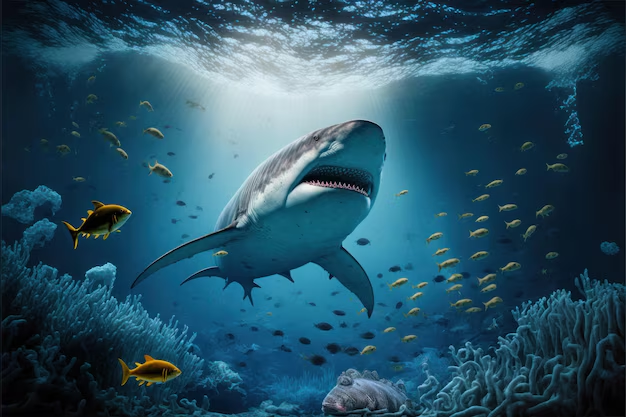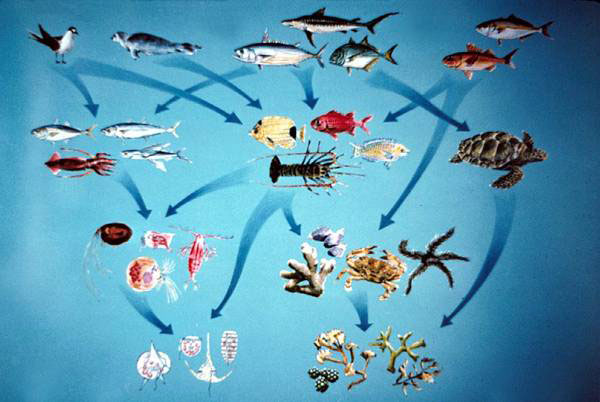yanomami.net – The ocean, covering over 70% of Earth’s surface, remains one of the most mysterious and least explored frontiers. The deep sea, in particular, is a vast and enigmatic world that has captivated scientists and explorers for centuries. This article delves into the wonders and challenges of deep-sea exploration, highlighting the unique adaptations of deep-sea creatures, the technological advancements that enable these expeditions, and the potential resources and scientific breakthroughs that lie beneath the waves.
The Wonders of the Deep
Unique Adaptations of Deep-Sea Creatures
The deep sea is a harsh environment characterized by extreme pressure, darkness, and cold temperatures. Despite these conditions, life thrives in the depths, with organisms evolving remarkable adaptations to survive. Bioluminescent creatures light up the dark waters, while others have developed pressure-resistant bodies and highly sensitive sensory organs to navigate and find food in the abyss.
Deep-Sea Hydrothermal Vents
One of the most fascinating ecosystems in the deep sea are hydrothermal vents. These underwater geysers spew mineral-rich hot water, creating a unique environment where life forms can thrive without sunlight. The organisms around these vents, known as chemosynthetic bacteria, form the base of a food chain that supports a diverse array of life, including giant tube worms and unique fish species.
Technological Advancements in Deep-Sea Exploration
Deep-Sea Exploration Tools
Exploring the deep sea requires cutting-edge technology. Submersibles, remotely operated vehicles (ROVs), and autonomous underwater vehicles (AUVs) are essential tools for scientists. These vehicles can withstand the extreme conditions of the deep sea, allowing researchers to collect data, capture images, and study the unique geology and biology of the ocean floor.
Scientific Breakthroughs
Deep-sea exploration has led to numerous scientific breakthroughs. Discoveries of new species, insights into the Earth’s geological processes, and clues about the origins of life are just a few of the advancements made possible by deep-sea research. The study of extremophiles—organisms that thrive in extreme environments—has also provided valuable information for fields such as biotechnology and astrobiology.
The Future of Deep-Sea Exploration
Sustainable Development and Conservation
As the potential for deep-sea resources becomes more apparent, there is a growing need to balance exploration with conservation. The deep sea harbors valuable minerals, energy resources, and unique biological compounds that could benefit humanity. However, the extraction of these resources must be done sustainably to avoid harming the delicate ecosystems of the deep sea.
Public Engagement and Awareness
Public interest and support are crucial for the future of deep-sea exploration. By raising awareness about the importance of the deep sea and the need for its protection, we can foster a global commitment to sustainable practices and conservation efforts. Engaging the public through educational programs, documentaries, and interactive experiences can help build a community dedicated to preserving the mysteries of the deep.
Conclusion
The deep sea is a realm of endless wonder and scientific potential. As we continue to explore this vast and mysterious world, we uncover not only the secrets of our planet but also the possibilities for future discoveries. By combining advanced technology with a commitment to conservation, we can ensure that the mysteries of the deep are revealed responsibly and sustainably, leaving a legacy of knowledge and stewardship for future generations.


